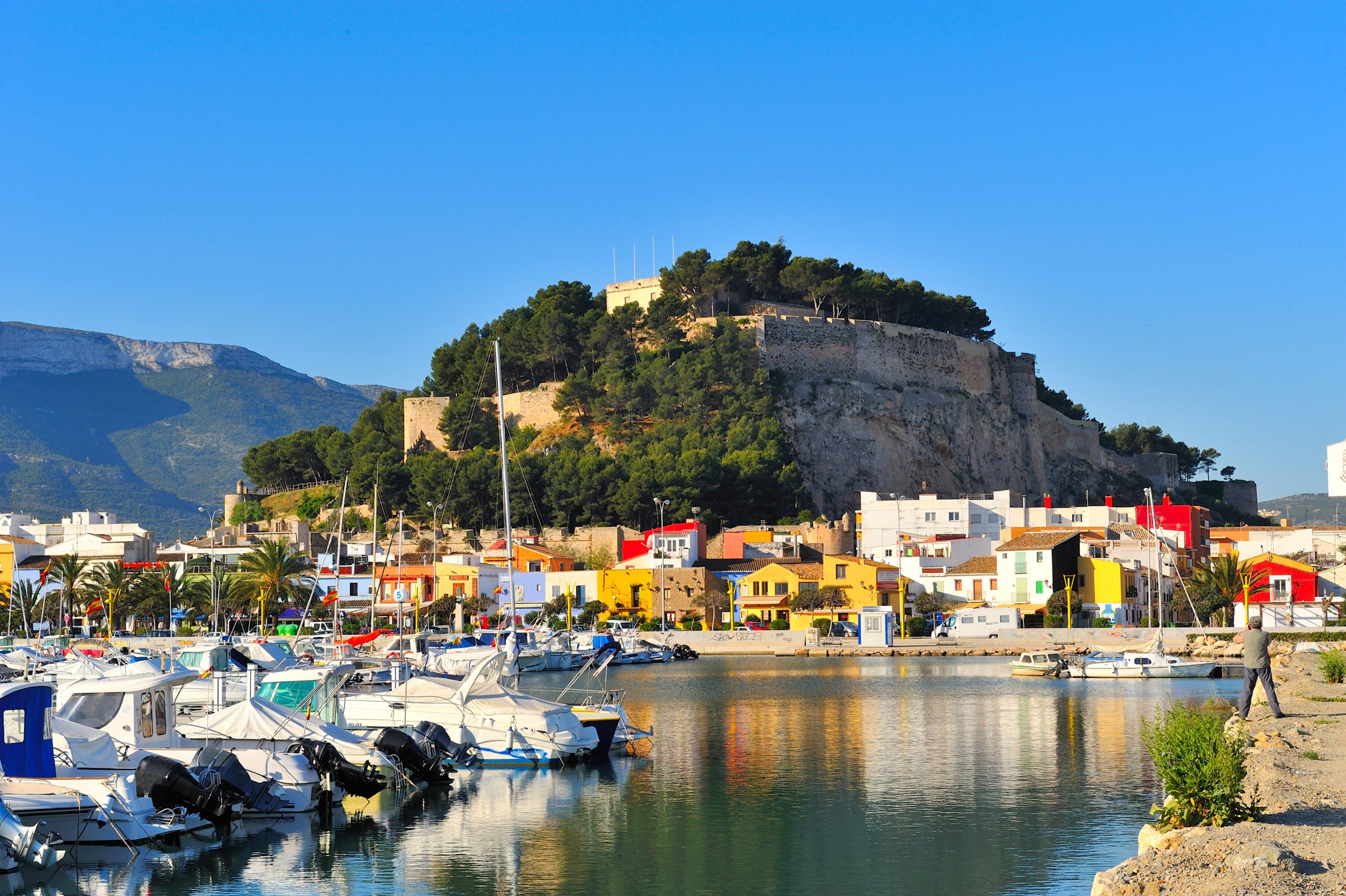Nestled between the coastal towns of Denia and Javea, Montgó Mountain offers a convenient escape for guests hosted in our stays in both locations. With Denia to the north and Javea to the south, the mountain serves as a natural playground practically at our doorstep. This proximity means that guests can easily access Montgó’s hiking trails, immersing themselves in the rugged beauty of the landscape without venturing far from their accommodations. After a day of exploration, they can return to the comfort of our apartments, where they can relax and rejuvenate, perhaps recounting their adventures as they soak in the breathtaking views of Montgó looming on the horizon. With nature’s wonders so close at hand, our guests can truly experience the best of both worlds – the tranquility of the mountains and the convenience of coastal living.
About Montgó Mountain
Montgó Mountain is a natural icon of the Costa Blanca region in Spain. Rising majestically to a height of 700 meters, this limestone massif dominates the landscape and offers a plethora of outdoor opportunities, particularly for hiking enthusiasts.
Hiking trails crisscross Montgó’s rugged terrain, catering to both casual strollers and seasoned mountaineers. With its varied routes and diverse landscapes, there’s something for everyone, from leisurely nature walks to challenging ascents.
For those seeking a leisurely stroll, the lower slopes boast gentle trails winding through aromatic pine forests and aromatic Mediterranean scrubland. These paths provide breathtaking vistas of the surrounding countryside, with glimpses of the azure Mediterranean Sea in the distance.
As one gains elevation, the trails become more demanding, leading to rocky outcrops and panoramic viewpoints. The ascent rewards hikers with ever-expanding views of the coastline, the patchwork of orange groves and vineyards, and the charming towns dotting the shoreline.


Molinos de la Marina Alta
The “Molinos de la Marina Alta” hiking route is perfect for hikers of all levels. Beginning at “Cabo de San Antonio,” accessible by car, the trail spans a total of 4.4 km. After a leisurely 2.5 km walk, hikers reach the historic windmills, a picturesque highlight of the journey.
During the 14th century, the economy of Xàbia was largely based on agriculture, specifically dryland crops such as wheat, almond trees, vines, olive trees, and carob trees. Wheat was responsible for the development of these mills.
In the Plana de Sant Jeroni, 11 windmills, ranging from 14th to 18th century, stand at 190 meters altitude, aligned from southwest to northwest. Each roughly seven meters tall and six meters in diameter, they feature two floors: storage on the ground and milling equipment above. Supported by a rough vault, the upper floor housed wooden mechanisms moving millstones and blades. Ceasing operation by the late 19th century due to industrialization and the decline of wheat cultivation, they remain visible today without covers or blades. These windmills symbolize the historical agrarian economy of the region, standing as silent remnants of bygone eras.
Array
(
[maps_location] =>
[address_visual] =>
[share_url] =>
)
Location
